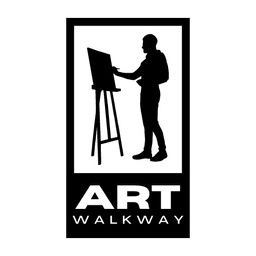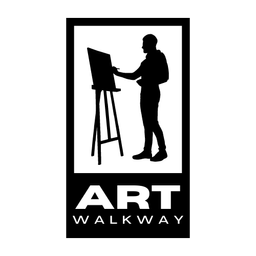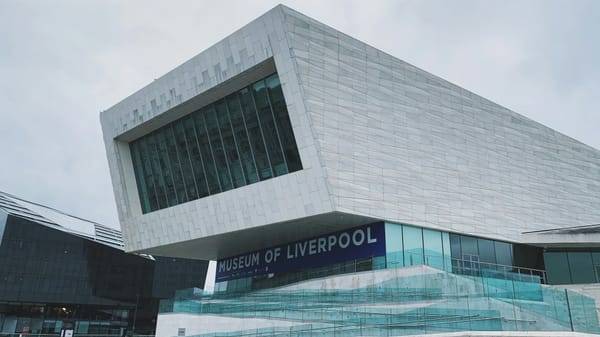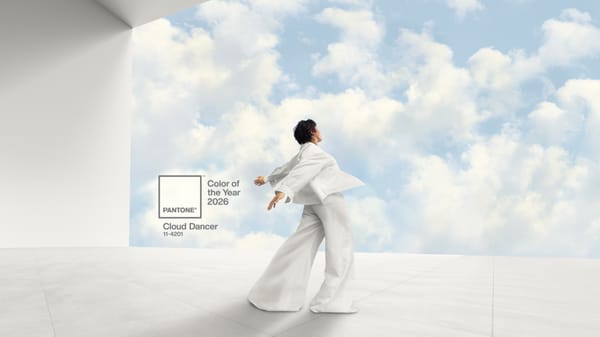Art Market Armageddon? Why Headlines Distort Reality and How Reporting Should Change
Are art market downturns as dire as headlines suggest? Discover why cycles, nuance, and responsible reporting matter more than fear-driven narratives.

Every season, the art market dies—at least according to the headlines. The cycle is familiar: fairs open, auctions close, and somewhere a headline shouts collapse. Galleries whisper about slow sales, collectors pause, and the mood shifts. But is this the full picture? Or are we mistaking the drama of reporting for the reality of the market itself?
🔑 Key Takeaways
- Headlines often exaggerate downturns, turning market corrections into “Armageddon” narratives.
- Historical cycles (1990s, 2008) show the art market always rebounds stronger.
- Real pressures exist: rising fair costs, shipping, and shifting collector demographics.
- Fear-driven reporting can create a self-fulfilling prophecy, dampening confidence.
- Responsible coverage should act like curation: adding context, analysis, and spotlighting resilience.

The Crisis Narrative: Why Every Headline Screams Armageddon
Art market journalism is hooked on drama. Words like “Armageddon” or “blood in the streets” aren’t just colorful metaphors—they are tactics designed to grab attention. Fear clicks. Negativity circulates. Panic makes people stop scrolling.
“Panic sells. But panic also spreads.”
In the process, nuance gets lost. A gallery closing in New York becomes “the market is collapsing.” A failed auction lot turns into “a bubble burst.” And the more these stories circulate, the more they shape perception. Collectors hesitate. Dealers retreat. What began as a narrative turns into a self-fulfilling prophecy.
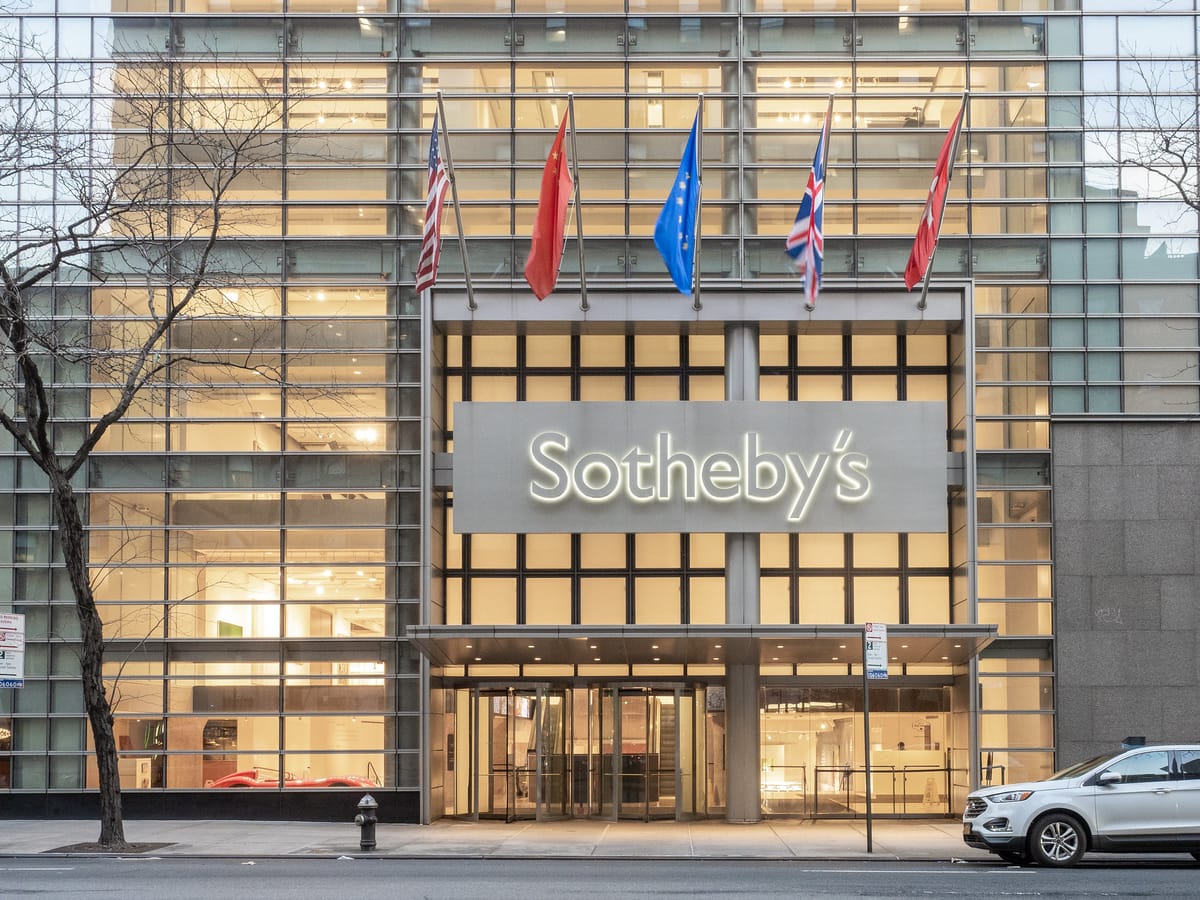
Market Cycles vs. Market Collapse
History reminds us that downturns are not unique. The early 1990s saw the Japanese speculative bubble burst, leaving galleries shuttered and blue-chip works halved in value. In 2008–09, the global financial crisis sent shockwaves through auction houses; paintings that once sparked bidding wars suddenly found no buyers.
Both times, the market rebounded—and quickly. By 2011, sales had returned to pre-crash levels. By 2014, prices soared higher than ever. What felt like collapse was, in reality, correction.
“This wasn’t collapse. It was correction.”
That’s what makes today’s climate so familiar. Yes, the costs of doing business are rising—rent, shipping, staff, and particularly art fair participation. Yes, buyers are cautious. But this is not the first “death” of the art market, and it will not be the last.
The Real Pressures: Costs, Fairs, and Shifting Collectors
The headlines may exaggerate, but the pressures are real. Galleries face inflated costs, from shipping crates to booth fees at international fairs. Some midsized dealers describe survival as a constant balancing act.
At the same time, the collector base is shifting. Younger buyers do not necessarily want what their predecessors chased. They resist hype-driven speculation and look toward overlooked artists, rediscovered histories, and categories less tied to prestige investment.
In some ways, this is healthy: the market recalibrates, moving away from the high-octane speculation of meme-worthy works and back toward substance.

The Media’s Role: Reporting or Performing?
Here’s where responsibility matters. Reporting should mirror reality, not exaggerate it. When every article amplifies doom, the coverage itself becomes a performance—fear masquerading as fact. Meme accounts and social media pile on, turning crisis into entertainment.
“The real Armageddon isn’t the downturn. It’s how we talk about it.”
But the art market is not a stage set for catastrophe. It is an ecosystem of artists, dealers, collectors, and institutions, and that ecosystem is fragile. Irresponsible coverage can destabilize confidence, dampen sales, and push galleries already under pressure closer to closure.
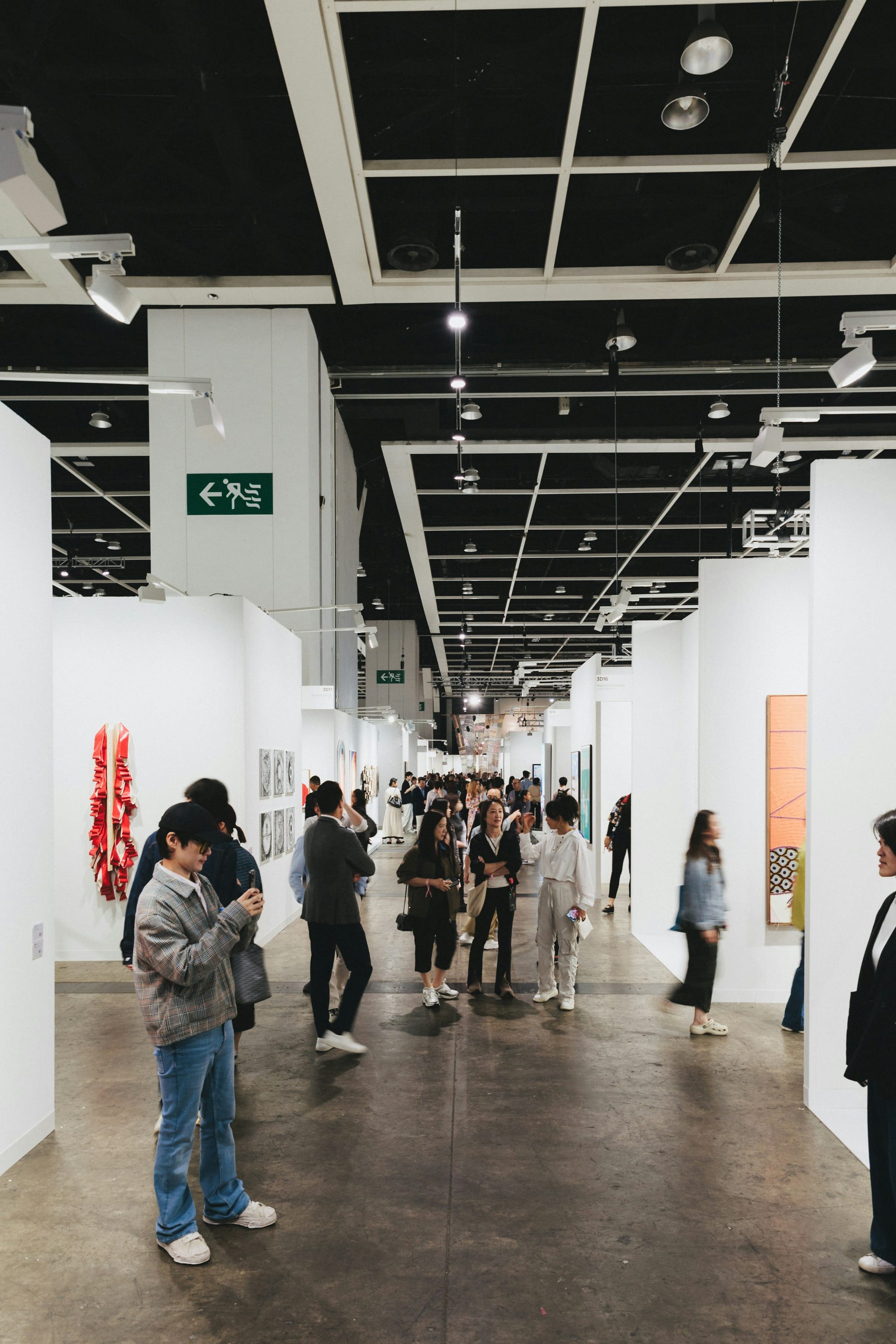
Reporting as Curation: A Better Model
Think of reporting like curating. Just as curators build exhibitions that position artworks within histories, contexts, and dialogues, journalists should frame market news in cycles, structures, and meaning.
As Anna-Maria von Bonsdorff argued in shaping Gothic Modern at Helsinki’s Ateneum, exhibitions are not just outcomes—they are research in motion, a way of making art history alive again. Journalism should aspire to the same: not simply recycling sales figures but generating insight, revealing overlooked patterns, and inviting new perspectives.
“Markets recover. Trust, once broken, does not.”
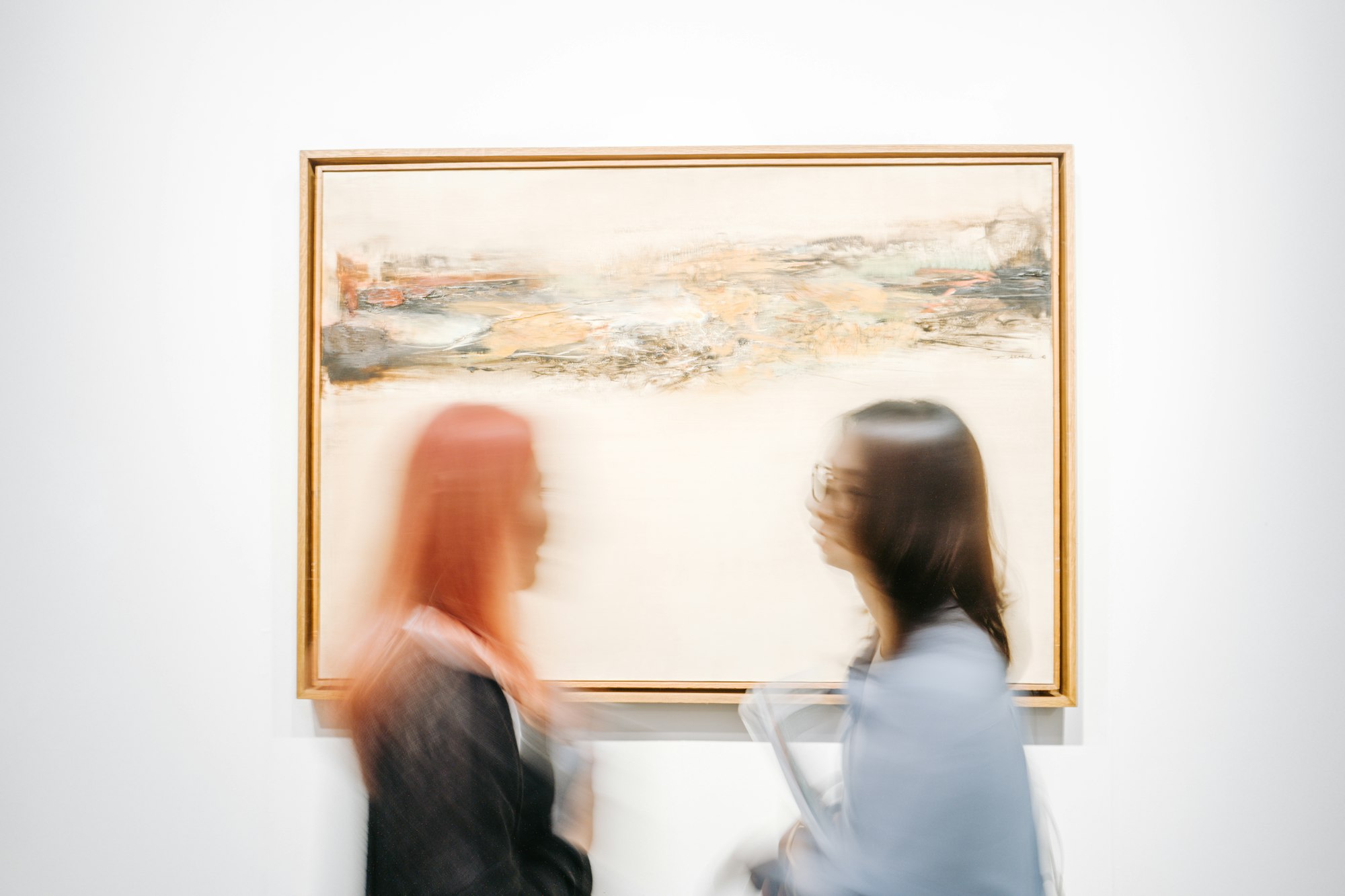
Towards Responsible Coverage: What Reporting Should Be
If panic headlines distort reality, what does better reporting look like?
- Context over panic. A failed $20 million lot may not signal collapse but an unrealistic reserve. Coverage should explain the difference.
- Nuance and analysis. Rather than recycling sales numbers, reporting should unpack what they mean—structural shifts, generational tastes, or macroeconomic pressures.
- Spotlighting innovation. Stories about inventive survival strategies—whether pop-up fairs, online co-ops, or experimental programs—show resilience and inspire confidence.
- Balance. Yes, downturns should be reported, but so should the markets and artists thriving despite them.
Good journalism doesn’t ignore problems, but it resists the easy narrative of doom. It reveals complexity, giving readers the tools to understand what’s happening—not just the fear of what might.
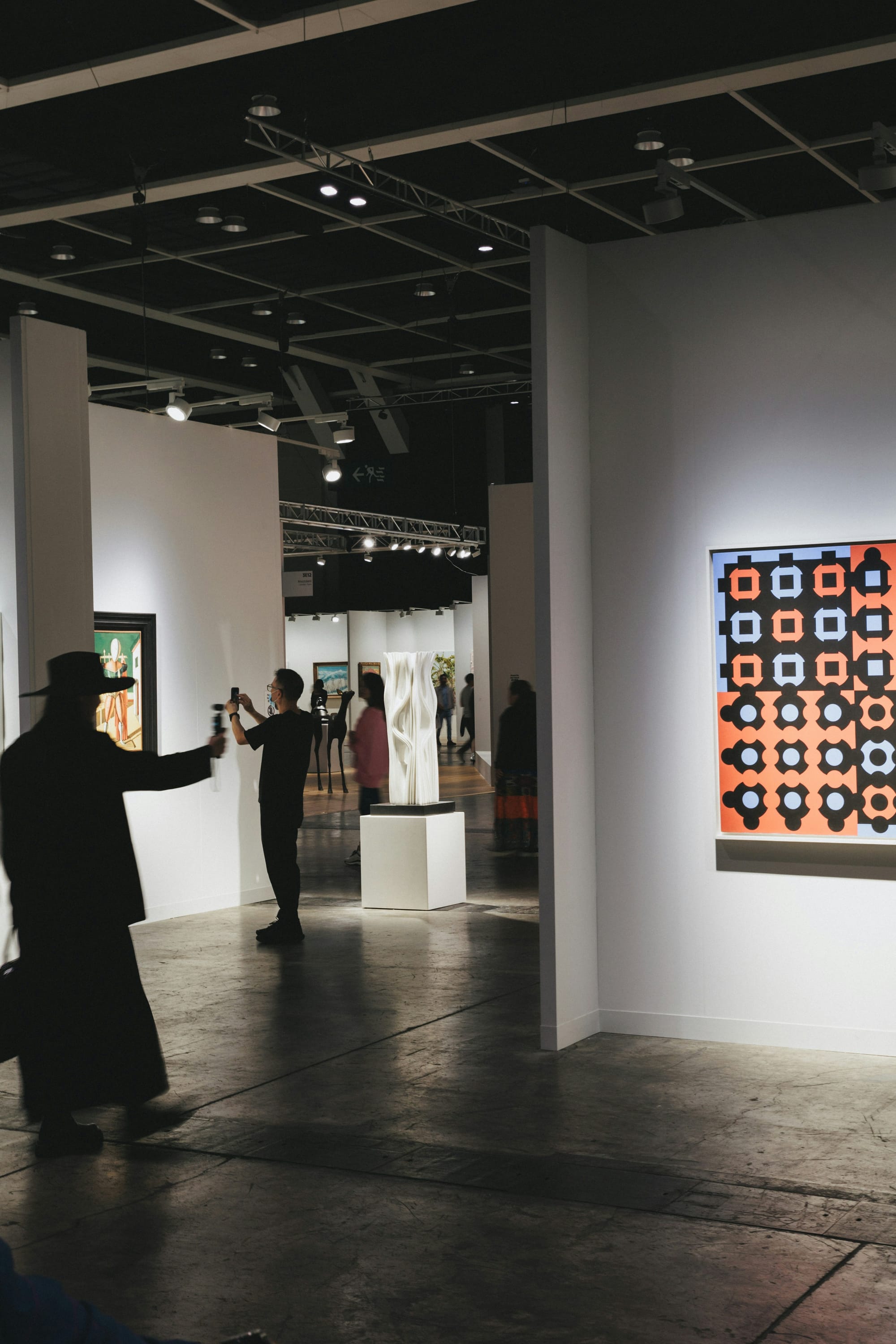
The Challenge: Reporting Shapes Reality
The art market is resilient, cyclical, and adaptive. What’s fragile is not the market itself but the stories we tell about it. Reporting that thrives on fear risks slowing recovery, discouraging collectors, and making an already difficult ecosystem harder to sustain.
The challenge—and opportunity—for art media today is to go deeper. To write not just about what happened but why it matters. To report downturns honestly but also spotlight the sparks of innovation, creativity, and resilience that keep the art world alive.
Because the real Armageddon isn’t the market correcting. It’s losing trust in the truth of how that story gets told.
© ART Walkway 2025. All Rights Reserved.




